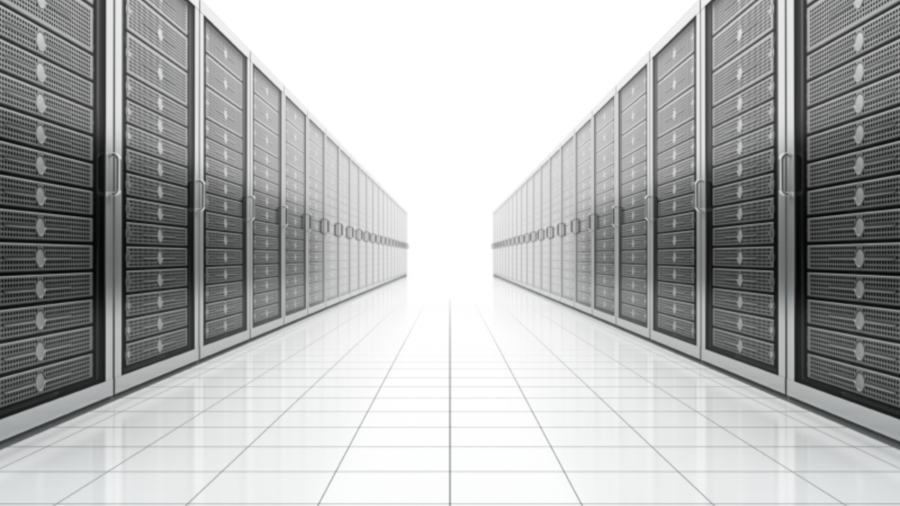
We live in an age where there is an abundance of data. It ebbs and flows through every aspect of our lives and from the moment we wake up to the moment we go to sleep our actions in this ever connected world are continuing to drive the data demand. For the organisations thriving on our data appetite all this data isn't always as beneficial as the data evangelists would have you believe.
Exabyte headache
As exabytes of data flow through organisations, it's giving IT teams a headache. Many IT systems haven't been designed for the flexibility the data age demands. As teams try to cater to the business critical demands for data, by shifting it across current systems, these huge data migrations result in bottlenecks and delays. Both of which cost organisations time and money.
Our thirst for data rich applications is growing and with it the volume of data businesses need to harness. This growing volume is only going to continue causing problems if businesses refuse to address data appetites.
Disk space risk
Buying more disk may solve immediate storage problems, but it also creates risks, including reduced backup windows, excessive restore times, facility limitations and overhead such as electricity/cooling, and a high cost per terabyte of storage.
In order to truly benefit from the golden age of data businesses need to learn to distinguish between the types of data they have. They need to study and determine what kind of data they have in order to accurately manage their infrastructure needs.
Hot and cold data
Hot data is the life-blood of an organisation. It's the data we rely on day in day out to complete tasks, weather that's running businesses, research facilities or government organisations. Hot data is the information which is regularly accessed and needs a fast response time when it's requested, no matter how much there is. It's the data which fuels our new on-demand data driven world, it's the data people rave about for real-time analytics, the data which is served up so you can stream your favourite movie online and, most importantly, hot data is the data an organisation can't be without. It is crucial to success.
In contrast, cool data is more infrequently used and doesn't require the same fast turnaround as hot data does. It ranges from the data generated by building operation systems, to the silos of old data stored for audit purposes. Whilst it sounds less exciting than hot data it's in no way inconsequential. All of this cool data is still required by organisations to help them run more efficiently and effectively and in some cases legal requirements surrounding data mean that specific data sets need to be stored for set periods of time for things like auditing.
Are you a pro? Subscribe to our newsletter
Sign up to the TechRadar Pro newsletter to get all the top news, opinion, features and guidance your business needs to succeed!
It becomes apparent that storing and treating all data in the same way isn't efficient. Why pay for rows and rows of lightning fast expensive primary storage when you only need a fast response for a portion of the data stored within it? Especially when cool data can be archived at a fraction of the cost, while remaining seamlessly accessible.
New tools
As software becomes more intelligent there are new tools emerging which help organisations to efficiently manage their hot and cool data. These new tools analyse data access patterns, determining the percentage of hot or cool data, whilst also studying storage allocations in order to decide on the best data sets to migrate from primary storage. In some instances implementing intelligent analysis software can help organisation reclaim as much as 70-90% of primary storage capacity.
But it doesn't stop there, by supplementing new tools with intelligent storage management software, organisations can further reduce their administrative overheads as systems archive, retrieve and back-up data automatically.
By identifying, understanding and managing data assets more efficiently, businesses can begin to take control of the data flood and finally reap the real-time benefits promised by this data age.
- Rod Evans is SGI's Vice President for EMEA and has 25 years of sales, marketing and management experience which includes time spent with Rackable Systems,Intel Solution Services and EMC.